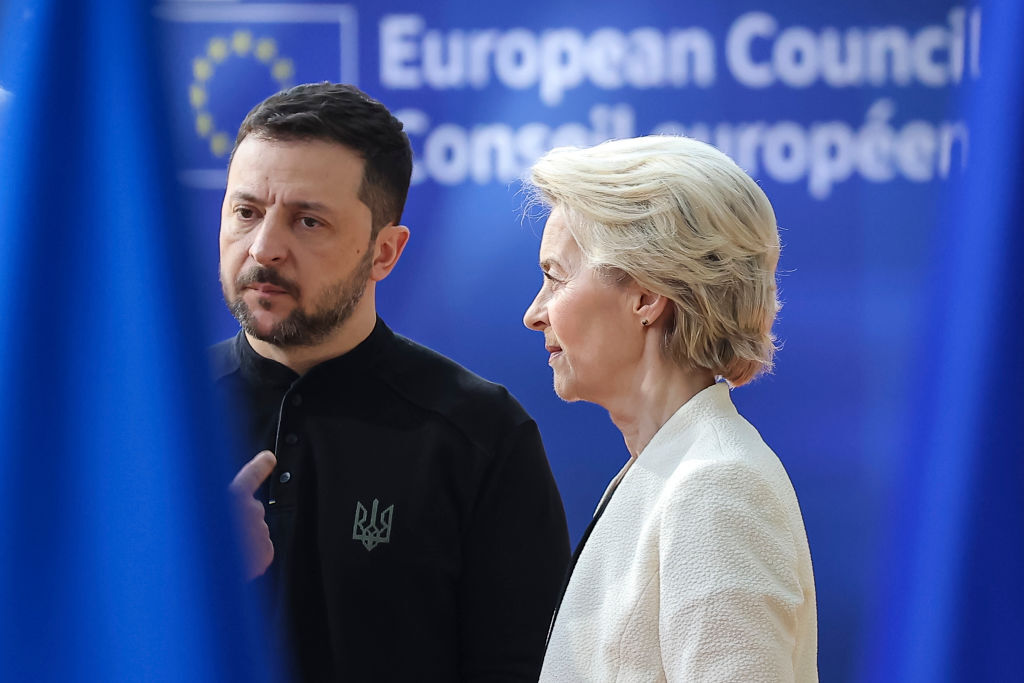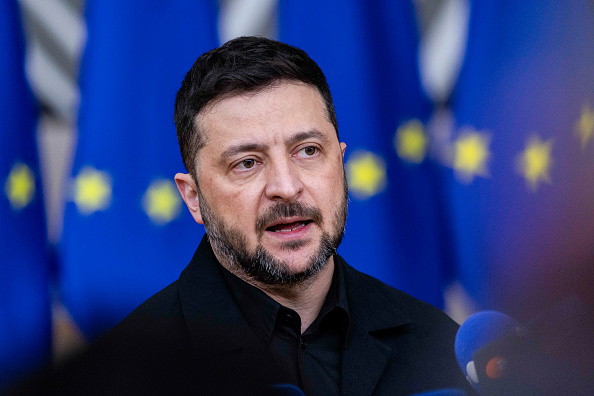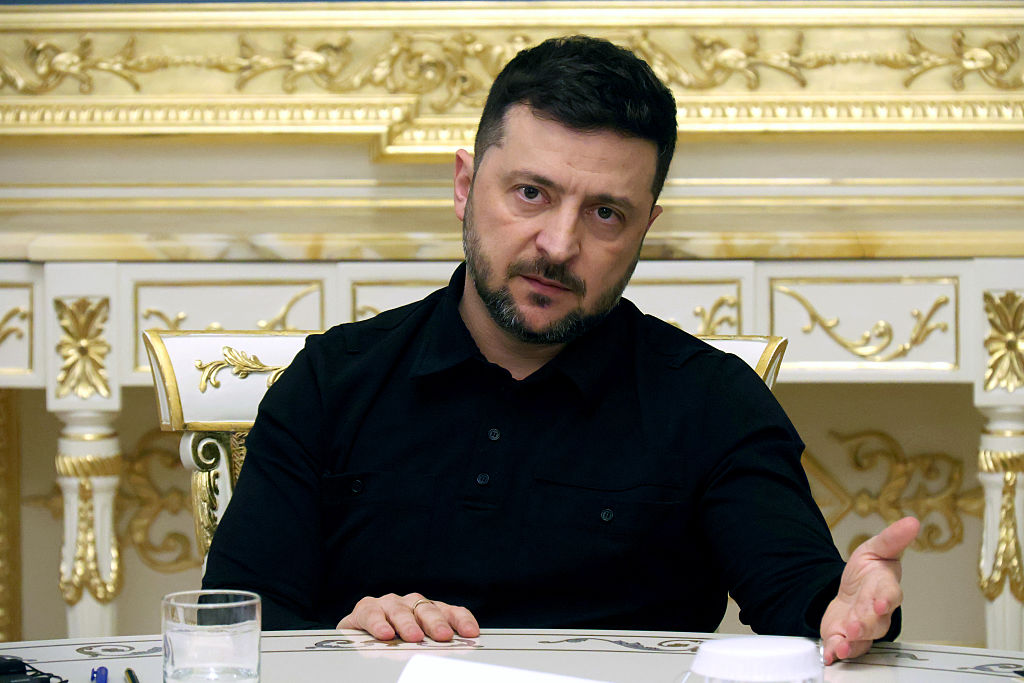Why the EU debate over Ukraine’s ‘reparation loan’ has only just begun
Belgium and the European Central Bank remain wary of the €140 billion scheme

EU leaders meeting on Thursday are expected to ask the European Commission to draw up a “concrete” plan for using frozen Russian assets to fund Ukraine’s war effort – but a fractious debate over the specifics and feasibility of the much-vaunted €140 billion cash pot will likely ensue over the coming months.
Announced by Commission President Ursula von der Leyen in her “State of the Union” speech in September, the “reparation loan” aims to harness hundreds of billions of euros’ worth of cash balances associated with the assets to support Kyiv. The country has been pounded by increasingly fierce Russian air attacks in recent months and faces a €55 billion budget shortfall over the next two years.
Belgium, which holds most of the Russian central bank assets that were immobilised by the EU shortly after Moscow’s full-scale invasion in 2022, remains especially wary of the danger the scheme could pose to Euroclear, the Brussels-based clearinghouse which retains the funds that would be used for the loan.
Indeed, Prime Minister Bart De Wever and other senior Belgian officials have repeatedly stressed that the country will only sign off on the loan once they are convinced the scheme does not amount to confiscation and that other EU countries will share the associated legal and financial risks.
Despite these reservations, EU states – except for Hungary, which has long been sceptical of EU support for Kyiv – are expected to agree that the Commission should “present as soon as possible… concrete proposals involving” the assets’ potential use, according to draft Council conclusions seen by Euractiv.
EU officials, however, stress that the legal and financial complexities of the scheme mean it is important to “manage expectations” ahead of Thursday’s meeting. “We still have to see if it’s possible, to be honest,” said one senior EU official.
Exaggerated fears?
Supporters – including Germany, France, and the Baltic states – view the loan as an essential lifeline for Ukraine, which goes well beyond a separate €45 billion G7 funding scheme that only harnesses the assets’ windfall profits, rather than the underlying assets themselves.
But Belgium, Luxembourg, and the ECB are considerably more cautious, even though the loan would allow fiscally strained EU capitals to avoid having to contribute their own money to support Kyiv.
The Commission’s issuance of a three-and-a-half-page briefing note on the loan to EU ambassadors last week has also failed to quell Belgium’s concerns, with the country instead seeking a “strong and clear text” that “needs to be legally binding”, according to EU diplomats.
Echoing Belgium’s fears, the European Central Bank (ECB) has warned that any inappropriate use of the assets risks violating their sovereign immunity guaranteed under international law and, hence, could undermine the credibility of the euro, and even the financial stability of the 20-member currency bloc.
Analysts also note that ECB President Christine Lagarde’s apparent expression of support for the plan in an interview on Sunday – during which she said that “fair use” of the assets “would consist of an operational loan that would be using cash balances as collaterals” – does not signal a fundamental shift in the ECB’s position.
“There is no contradiction between expressing support in principle for the reparation loan, but at the same time, as long as the details are not specified, maintaining a cautious stance,” said Nicolas Véron, a senior fellow at Bruegel and at the Peterson Institute for International Economics. “The details matter, basically.”
Some diplomats, however, have suggested that Lagarde’s fears about the loan’s potential financial risks are exaggerated – or, at least, should be balanced against the dangers of not providing adequate financial support to Kyiv.
Others believe that Belgium’s demands and concerns – if not the ECB’s – are an opening gambit for future discussions. “We feel that Belgium’s demands are at least in part a negotiating tactic,” said an EU diplomat. “Past experience suggests there’s always a way to find a compromise if there are no fundamental objections on the table.”
Kyiv me the money
Even if the loan is ultimately approved, however, deep disagreements remain among member states over how the money will ultimately be spent.
German Chancellor Friedrich Merz, for instance, has said the loan should be used “exclusively to finance military equipment”. Ukraine and some EU countries, however, have called for a more “flexible” allocation of the money – which would, in principle, allow the cash to finance non-military expenditures.
In the discussion note circulated last week, obtained by Euractiv, the Commission attempted to strike what it described as “a good middle ground” between these two positions by dividing the loan mechanism into two distinct “legs”.
“The first, and biggest leg” would aim to bolster Ukraine’s military and integrate it with Europe’s own defence industries along the lines of the EU’s ‘SAFE’ loan instrument, while the second “would consist of budget support, subject to conditionality”, the note states.
Many diplomats emphasise that Ukraine’s pressing financial and military needs mean it is important to begin discussing how the money will be spent.
Others, however, have expressed exasperation about this debate taking place before the Commission has tabled its final proposal. “I think it’s very premature to have this discussion,” said one EU diplomat.
(mm)









